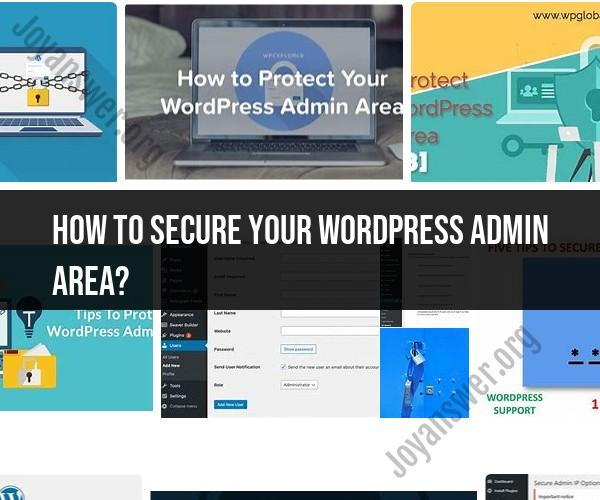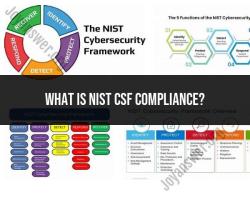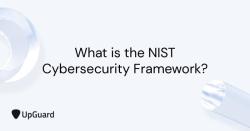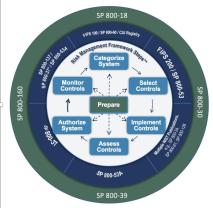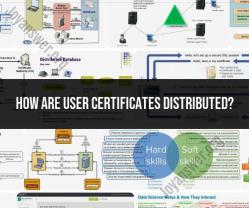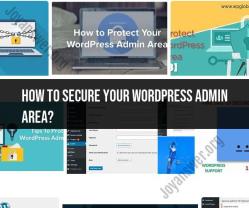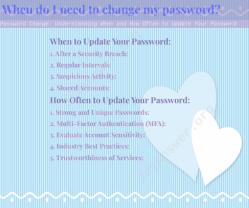How to secure your WordPress admin area?
Securing the WordPress admin area is crucial to protect your website from unauthorized access, malicious attacks, and potential data breaches. Here are some steps to help you fortify your WordPress admin area:
Use Strong Passwords: Always use complex and unique passwords for your WordPress admin account. Combine uppercase and lowercase letters, numbers, and special characters. Avoid using easily guessable passwords like "password123."
Enable Two-Factor Authentication (2FA): Implement 2FA to add an extra layer of security to your login process. You can use plugins like Google Authenticator or Authy to enable 2FA.
Limit Login Attempts: Install a plugin that limits the number of login attempts. This helps prevent brute-force attacks where attackers try to guess your password through repeated login attempts.
Change Default Username: Avoid using the default "admin" username for your administrator account. During WordPress installation, choose a unique username to make it harder for attackers.
Update Regularly: Keep WordPress, themes, and plugins up to date. Developers often release updates that patch security vulnerabilities. Outdated software is a common entry point for hackers.
Use Secure Hosting: Choose a reputable hosting provider that prioritizes security. Managed WordPress hosting often includes additional security measures.
Install a Security Plugin: Consider using a WordPress security plugin like Wordfence, Sucuri Security, or iThemes Security. These plugins provide various security features, including firewall protection and malware scanning.
Implement SSL/TLS: Enable SSL/TLS encryption on your website to secure data transmitted between your server and users' browsers. Many hosting providers offer free SSL certificates.
Limit Access: Restrict access to the wp-admin directory by IP address. This prevents unauthorized users from accessing the admin area. You can achieve this through your hosting control panel or using security plugins.
Disable Directory Listing: Disable directory listing to prevent attackers from viewing the contents of your directories. Add the following line to your .htaccess file:
Options -IndexesRegular Backups: Schedule regular backups of your website's database and files. In case of a security incident, you can restore your site to a clean state.
Monitor Activity: Use security plugins to monitor and log activity on your website. This can help you detect and respond to suspicious behavior.
File Permissions: Set proper file permissions on your server. Directories should generally have permissions of 755, and files should have permissions of 644. Be cautious with file permissions, as incorrect settings can lead to vulnerabilities.
Disable XML-RPC: If you don't need XML-RPC functionality, consider disabling it. XML-RPC can be exploited for DDoS attacks and brute-force attacks.
Security Headers: Implement security headers in your website's HTTP response headers. Common security headers include X-Content-Type-Options, X-Frame-Options, and Content Security Policy (CSP).
Regular Audits: Conduct regular security audits of your WordPress site. You can use online scanners and security plugins to identify vulnerabilities.
Remember that security is an ongoing process. Stay vigilant, keep your site and plugins updated, and be prepared to respond quickly in case of a security incident.
